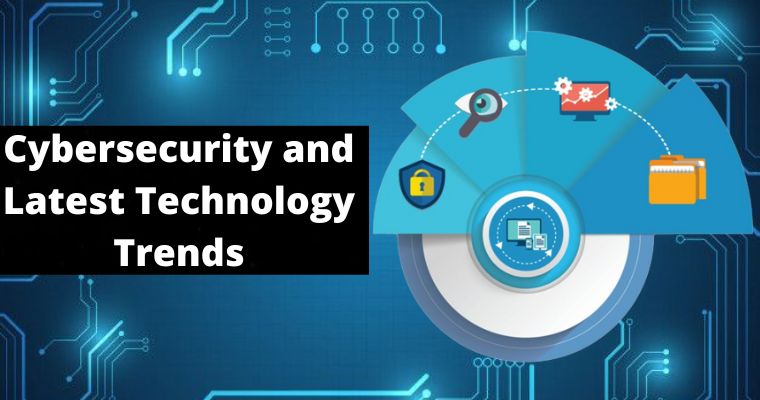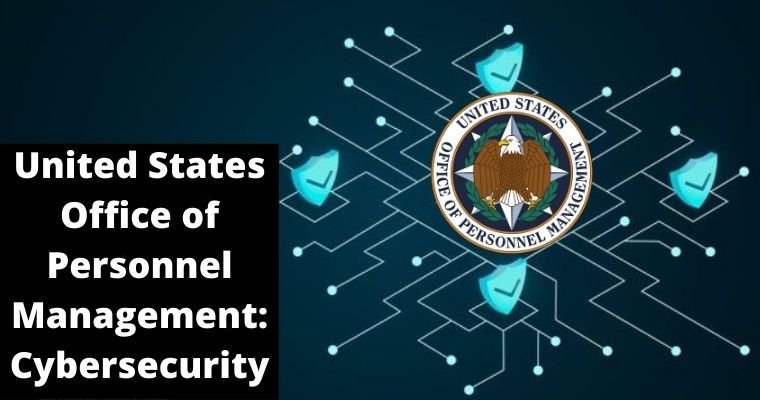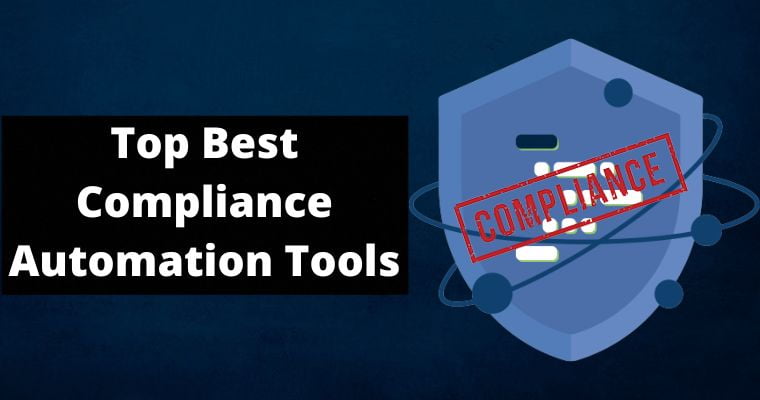The protection of internet-connected systems like the hardware and software and data from cyber threats is simply known or called cybersecurity.
The practice of cybersecurity can be used by companies and individuals to protect themselves and their businesses against cybercriminals and to avoid unauthorized persons from accessing their data and other vital information about them.
Very strong cybersecurity strategies can help in providing a very good posture against malicious attacks majorly designed to pip, access, delete, alter, extort or even destroy users’ systems and organizations’ sensitive data.
Cybersecurity is an essential tool used to protect against any attack targeted at disabling or disrupting systems and the operations of devices.
Table of Contents
The Need For Cybersecurity
The number of users, devices, and programs increases every time in this modern technology, coupled with the increasing deluge of data the majority of this is sensitive and confidential, and the need for cybersecurity continues to grow daily.
The problem is further compounded by an increase in the sophistication of cyber attackers and their attack techniques.
Cybersecurity and Technology Trends For 2022-2023
Due to the digital revolution global businesses both small and large corporate organizations and government parastatals as well, are so much reliant on computerized systems to manage all their daily activities.
Thus making cybersecurity their key priority to safeguard their data from different online attackers or unauthorized access to their data.
Therefore, the continuous change in global technologies also signifies a parallel shift in modern cybersecurity technology trends, the news of breaches in data and hacks has become the norm for regular activities. Below are the top cybersecurity trends:
1. The New target Is Mobile
The modern Cybersecurity technology trends greatly provide a reasonable increase for mobile banking malware or attacks in the years past, thereby making so many devices potential prey for hackers.
All financial transactions, emails, and messages possess so many threats to individuals and organizations. Smartphone viruses or malware is another thing that has attracted the attention of cybersecurity trends.
2. Increase in Automation Hacking
So many modern vehicles are designed with a load of automated software which creates seamless connectivity drivers in control, engine, door lock, airbags, timing, and advanced systems for driver assistance.
A lot of these vehicles make use of Bluetooth and Wi-Fi technology for communication purposes, which also gives them access to different vulnerabilities and hacker threats.
The use of self-driven vehicles or autonomous vehicles makes use of a more complex mechanism that demands strict cybersecurity technology.
3. Artificial Intelligent(AI)
The introduction of Artificial Intelligence in the market and the machine learning combination have brought about great changes in cybersecurity.
AI has been an essential part of automated security systems building, processing of natural language, automated threat detection as well as face detection.
AI is likewise also used in the building of smart malware and attacks which bypass the latest security protocols in the control of data.
Artificial Intelligence allows threat detection systems that help to predict new attacks or intruders and instantly notify the admins about a breach of data.
4. Prime Target is Breach of Data
The key concern for every organization in the world is data. The primary objective for either individuals or organizations is the safety of their data.
Any little loophole in an organization’s system browser or software will be the target point for hackers to easily access such an organization or individual’s information.
5. Cloud – Another Potentially Vulnerable
With the establishment of many organizations on the cloud, the security of data requires continuous monitoring and regular updates to safeguard the data from getting into the wrong hands.
Some cloud applications are properly equipped with security from their end, but the user’s end always serves as a source of errors, phishing attacks, and malicious software.
6. Automation and Integration
With the rate at which the size of data is increasing daily, it is important to integrate automation to provide more sophisticated control over information online.
This also requires engineers and other security experts to proffer proficient and rapid solutions, the present security challenge makes automation to be more valuable than before.
Security measurements are combined in the course of the agile process for building more secure software in every area.
complex and large web applications are difficult, this makes automation and cybersecurity to be major concepts in the process of software development.
7. Target Ransomware
This is another vital cybersecurity trend that can not be easily overlooked. Particularly in the developed countries of the world, they rely so much on particular software to run their day-to-day activities. Ransomware starters are more focused.
8. Threats From an Insider
One of the major reasons for data error. Any rough day or little intentional loophole can cause the fall of an organization with stolen data up to millions.
Statistics on cybersecurity trends show about 34% of the total attacks were directly or indirectly linked to the employee of the organization involved.
To safeguard your data in every way you could, you need to create more awareness among your employee.
9. Data Privacy as a Discipline
One of the major cybersecurity technology trends is the increase in data privacy, this is a discipline on its own. One of the things that leads to different high-profile cyber-attacks is the exposure of personally identifiable information records.
Organizations that do not follow the regulations stand the risk of fines and bad publicity, and this will lead to a loss in the trust of consumers in the organization. Data privacy affects all areas of an organization.
This makes all organizations more emphasis on employing in charge of data privacy and ensuring role-based access control, multi-factor authentication, network segmentation, encryption in transit and at rest as well as external assessment to identify areas of improvement.
10. Mobile Cybersecurity
The usage of mobile phones is increasing at high speed due to the increase in remote work.
Remote workers tend to comfortably switch between mobile devices such as phones and tablets and the use of both private and public Wi-Fi networks. Some mobile threats are:
- mobile malware with different possible applications which range from data theft to SMS spam attacks.
- Hackers exploit or take advantage of security vulnerabilities within Android devices.
- Specialized spyware is designed specifically to spy on encrypted messaging applications.
- Increase Usage of Multi-Factor Authentication
Passwords remain standard for cybersecurity, so many companies will happily adopt multi-factor authentication(MFA) to always fight against breaches of data and malicious attacks.
MFA involves the use of two or more separate factors for authorized users to access secure data, compelling people and users to use more than one device to confirm their identity.
Users were advised by Microsoft to shift from phone base MFA, this is because attackers can have access to the plain text sent to individuals’ and organizations’ mobile phones. This is possible because SMS-based are not encrypted.
11. User-Behavior Analytics
Anytime the username and password of people are compromised, anybody that has access to them can go into the internet and engage in any type of malicious behavior.
This can cause a red flag to the system defenders if user behavior analytics is employed.
As soon as an attacker has access to an organization’s data or information, the first thing they do is compromise the organization’s credentials. UBA will greatly help to identify the real user from attackers.
Conclusion
Safeguarding your data and other sensitive and vital information is the cybersecurity trend in the world of technology.
Cybersecurity trends in the coming years are bound to have fear in organizations to increase or double their security strategies.
It is expected that no amount of money and time spent on protecting your data via cybersecurity is too much compared to the damage or leakage or vulnerability of your information. Which might cost you much more than investing in cybersecurity.



